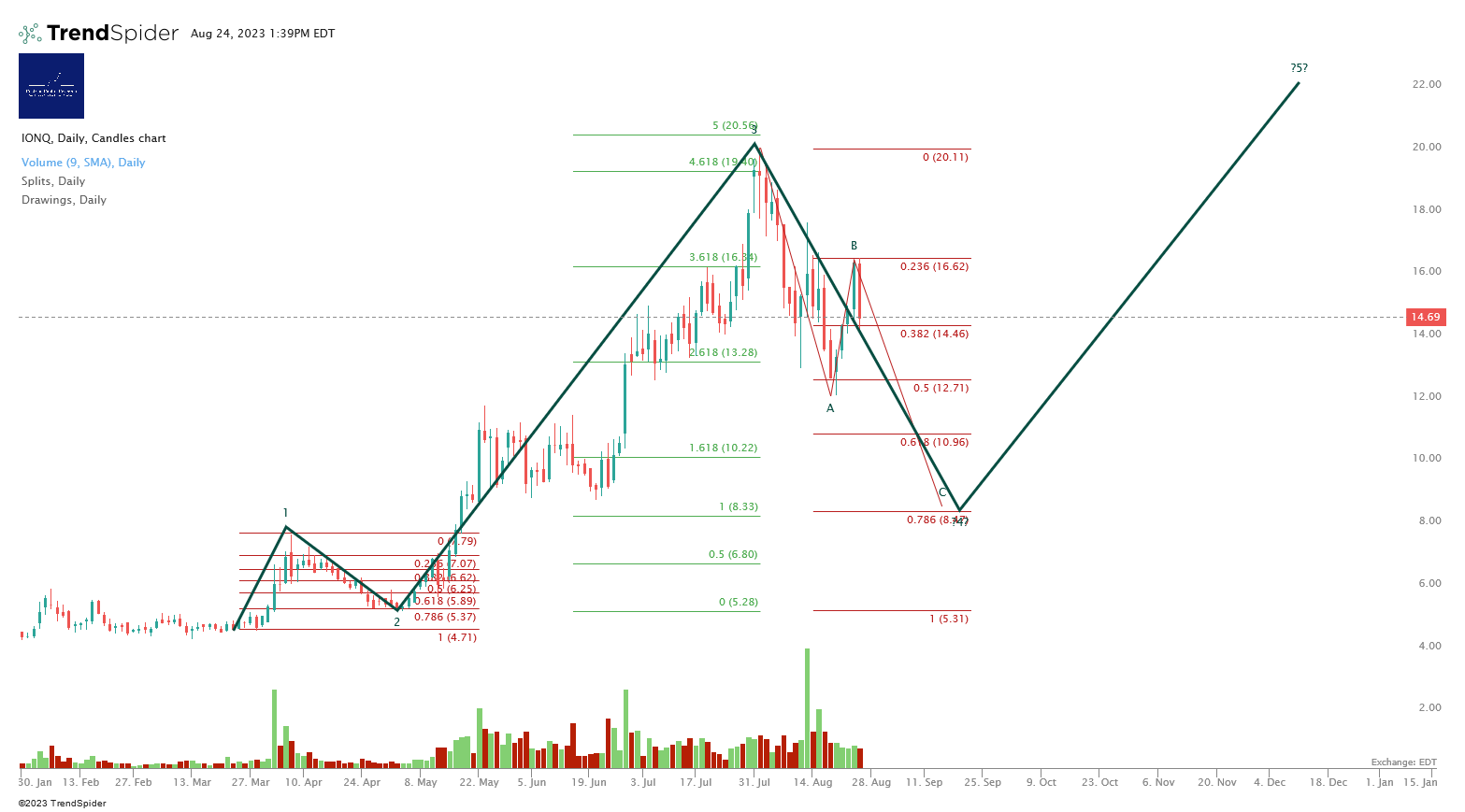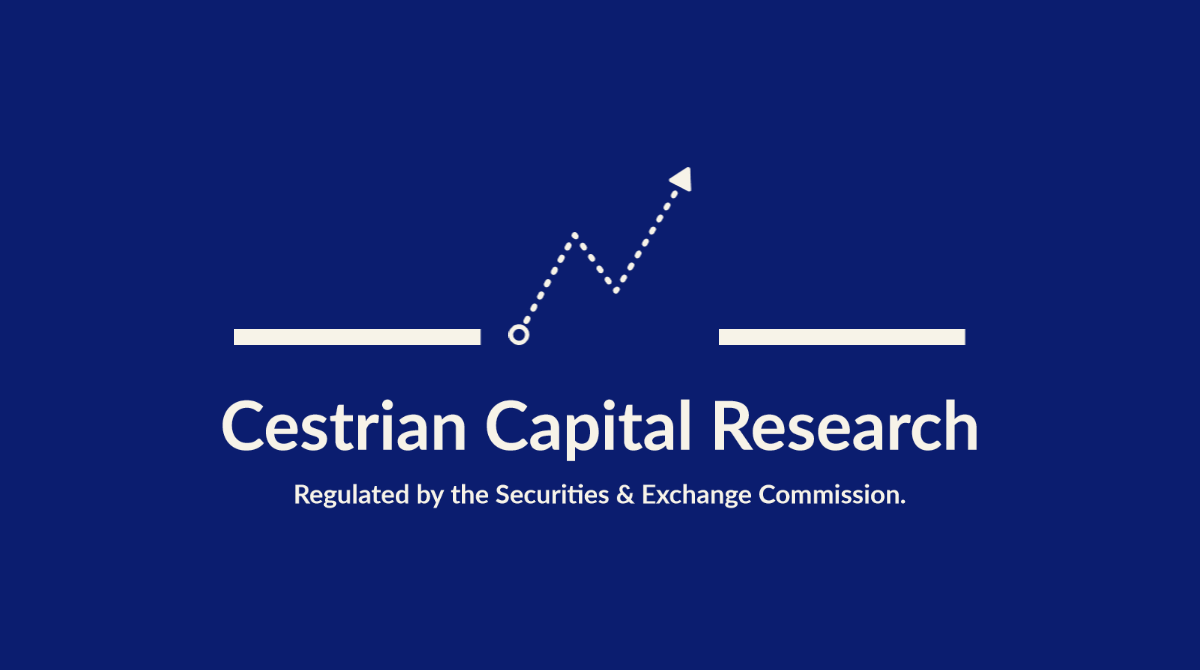Nvidia Earnings Analysis And Stock Price Outlook
Nvidia was a Core Stock Pick here back in early February. We check in on its progress.
DISCLAIMER: This note is intended for US recipients only and, in particular, is not directed at, nor intended to be relied upon by any UK recipients. Any information or analysis in this note is not an offer to sell or the solicitation of an offer to buy any securities. Nothing in this note is intended to be investment advice and nor should it be relied upon to make investment decisions. Cestrian Capital Research, Inc., its employees, agents or affiliates, including the author of this note, or related persons, may have a position in any stocks, security, or financial instrument referenced in this note. Any opinions, analyses, or probabilities expressed in this note are those of the author as of the note's date of publication and are subject to change without notice. Companies referenced in this note or their employees or affiliates may be customers of Cestrian Capital Research, Inc. Cestrian Capital Research, Inc. values both its independence and transparency and does not believe that this presents a material potential conflict of interest or impacts the content of its research or publications.
We Think This Is The Real Deal
Oftentimes with very volatile stocks there is little by way of substance beneath them. A growth junkie's darling right now is IonQ ( $IONQ ), a quantum computing play which if it hadn't reached the public markets via a SPAC structure in 2021 would most certainly still be privately owned in the hands of some of the more out-there venture capital investors. With scant revenue and earnings nowhere near to sustained cashflows, here's what that kind of stock looks like.
(You can open a full page version, here).

That actually looks a lot like Nvidia's chart, albeit the latter is spread over a longer timeframe. The difference being that Nvidia just printed more revenue this quarter than IONQ has market cap.
The volatility at Nvidia comes from the fact that its underlying business is volatile. Revenue swings up and down depending on customer capex commitments, and depending on which sector has been the key customer of GPU units of late. In 2020/21 the company was moving a lot of units into the cryptocurrency mining industry; this revenue line hit the wall as a result of (1) worsening economics in the end-industry itself and (2) the advent of ASIC (application-specific integrated circuits) and to a lesser extent FPGA (field programmable gate array) devices which were able to fulfil many customer demands at a lower price. (Remember that in tech, the cost curve always wins in the end - tech is in its DNA a deflationary industry and there is nothing tech loves to deflate more than the previous generation of tech).
Revenue at the company through 2022 was an unimpressive sight - so much so that by the 31 October 2022 quarter, the company delivered a flat year on year trailing twelve-month revenue number, which is to say the company had gone ex-growth, and cashflow performance was no more impressive. By January 2023, revenue was going backwards.
The stock had been moving up regardless, one assumes because knowledge of the building order book was fairly widespread in industry circles, but the gap up came on the Q1 earnings print on 24 April this year. The earnings weren't good, but the guidance was outrageously bold - the company said it expected to deliver $11bn of revenue in Q2.
Having set expectations this high, any miss would have seen the stock crater. Indeed even with a blowout beat - the company printed $13.5bn, a 23% beat (normally a 5-7% beat would be considered a great performance), the stock is presently less than 1% up on yesterday's close, and indeed it has threatened to turn red earlier today.
So is the AI hype train over? We consider the question for our paying members.
